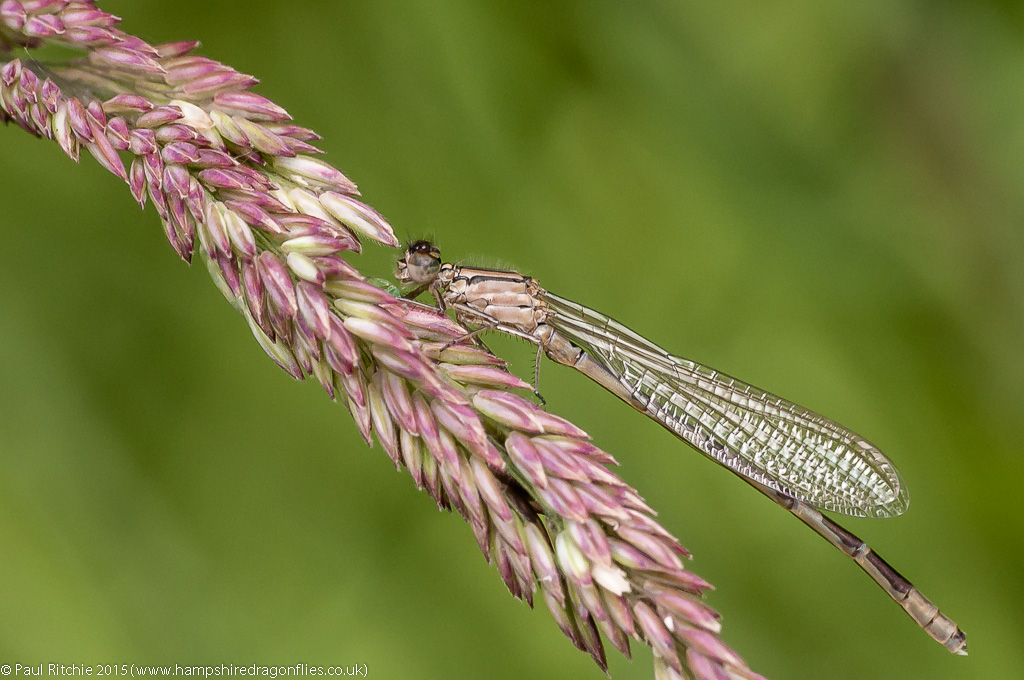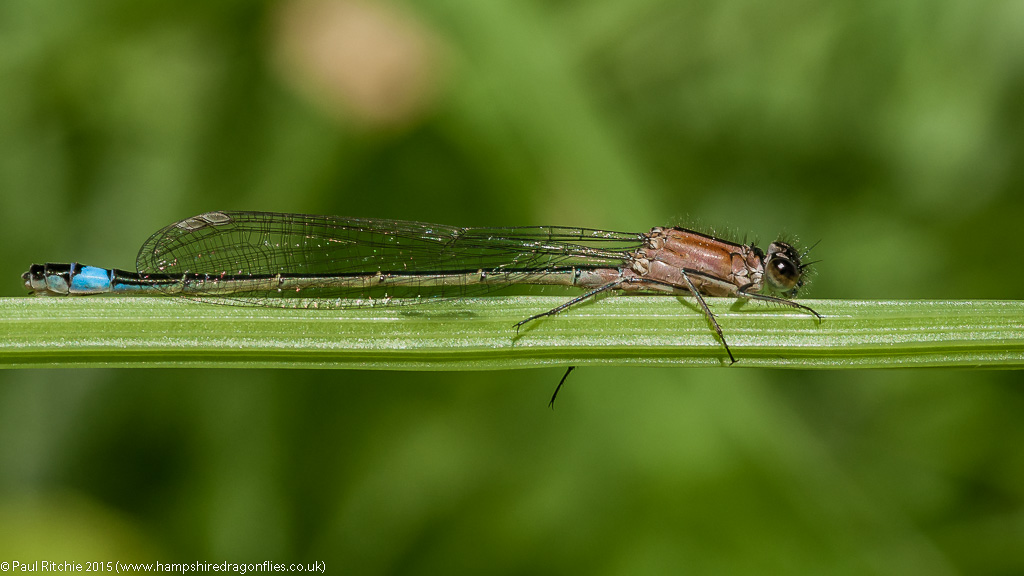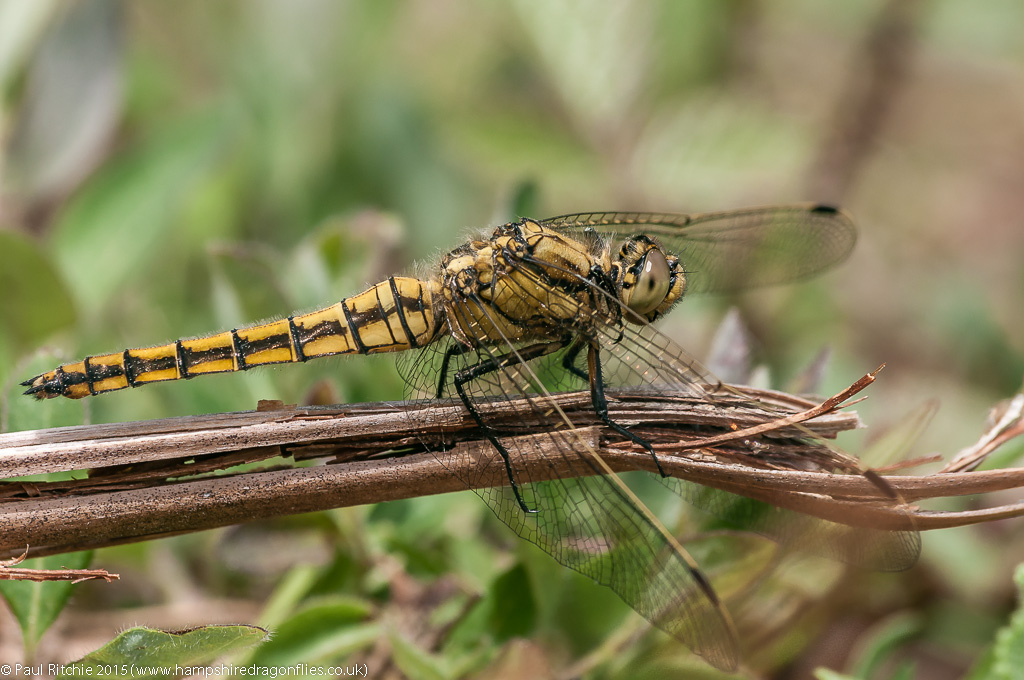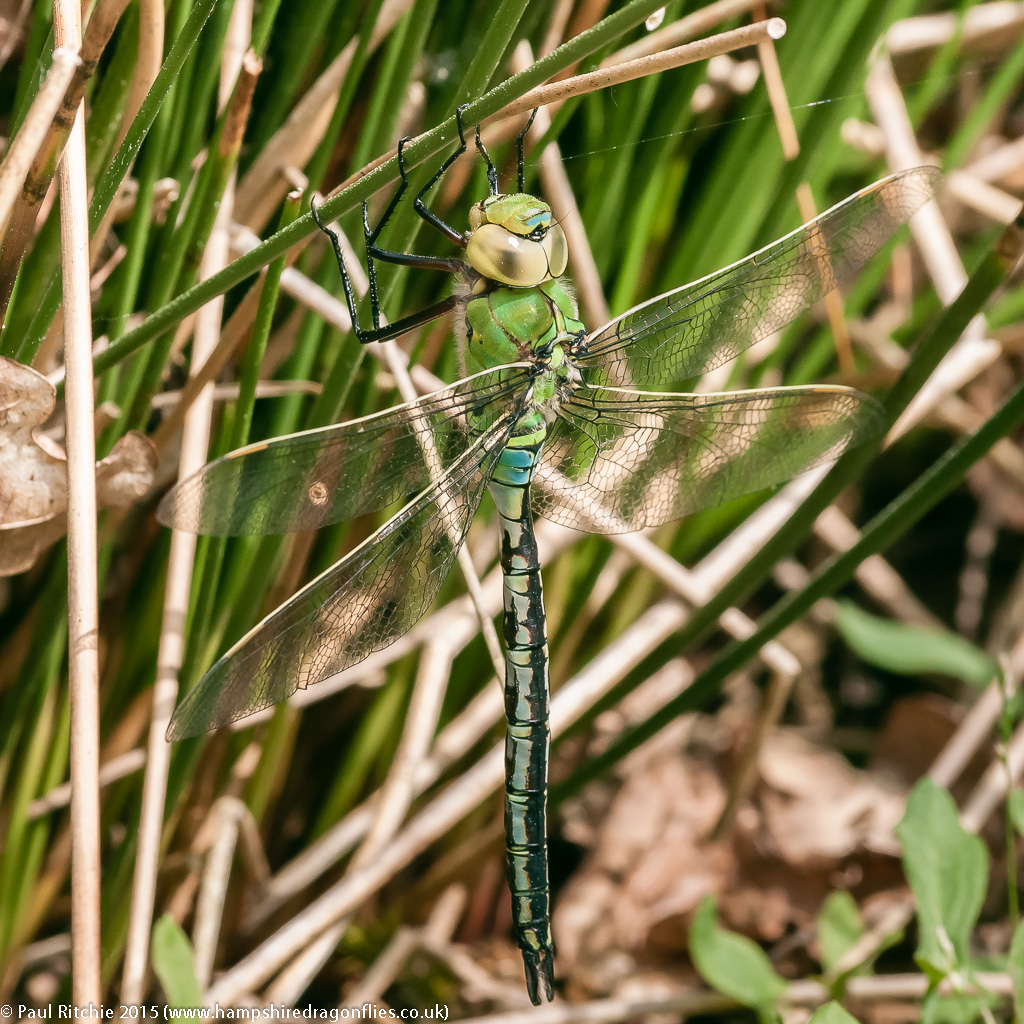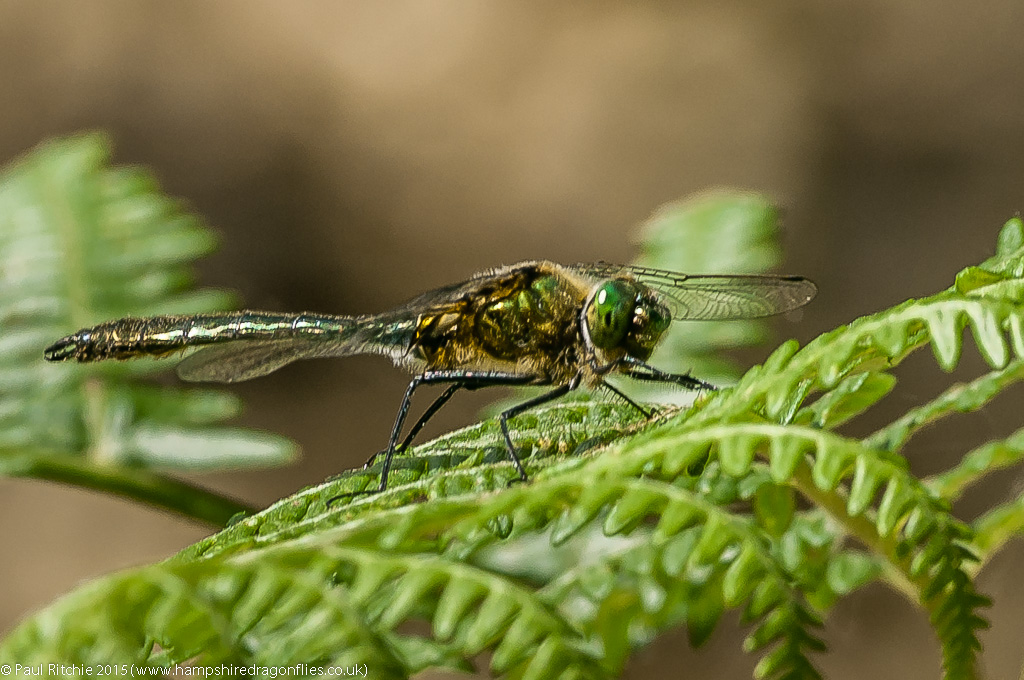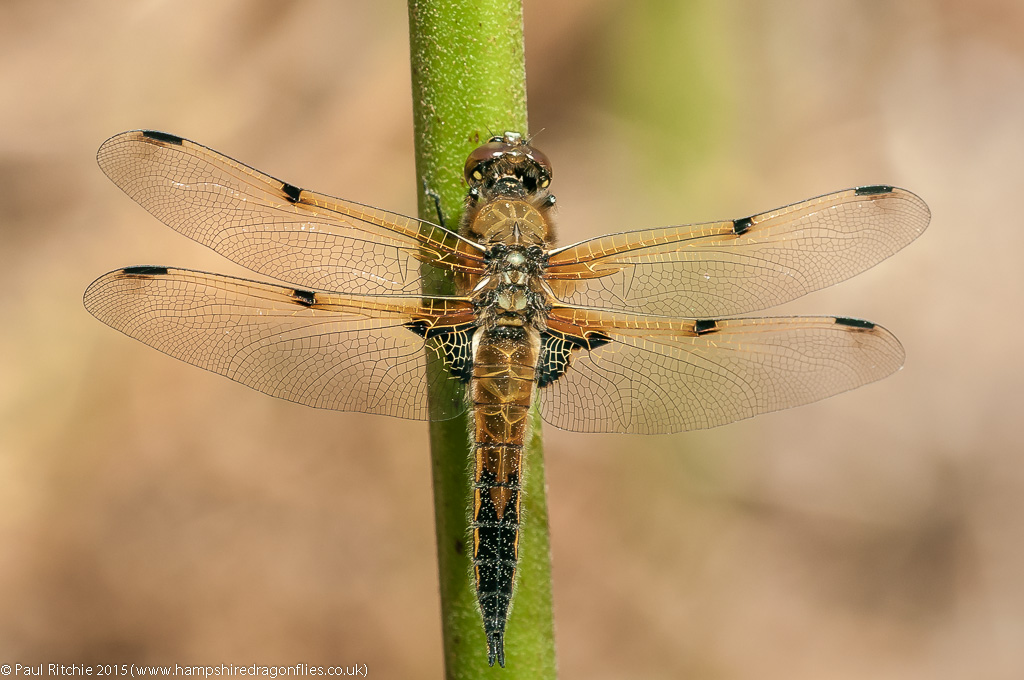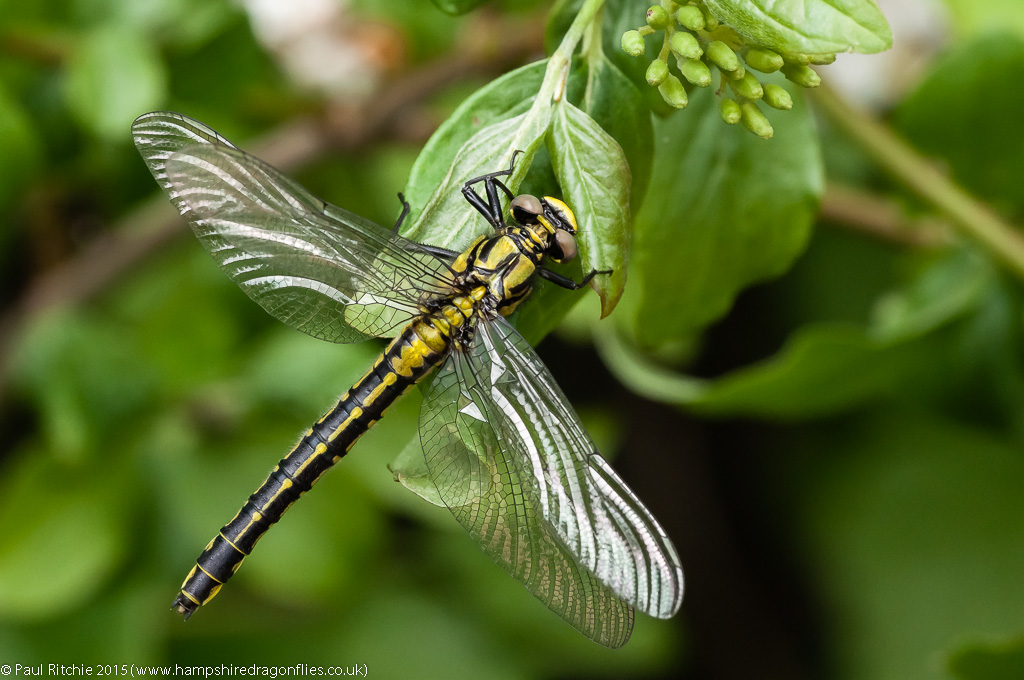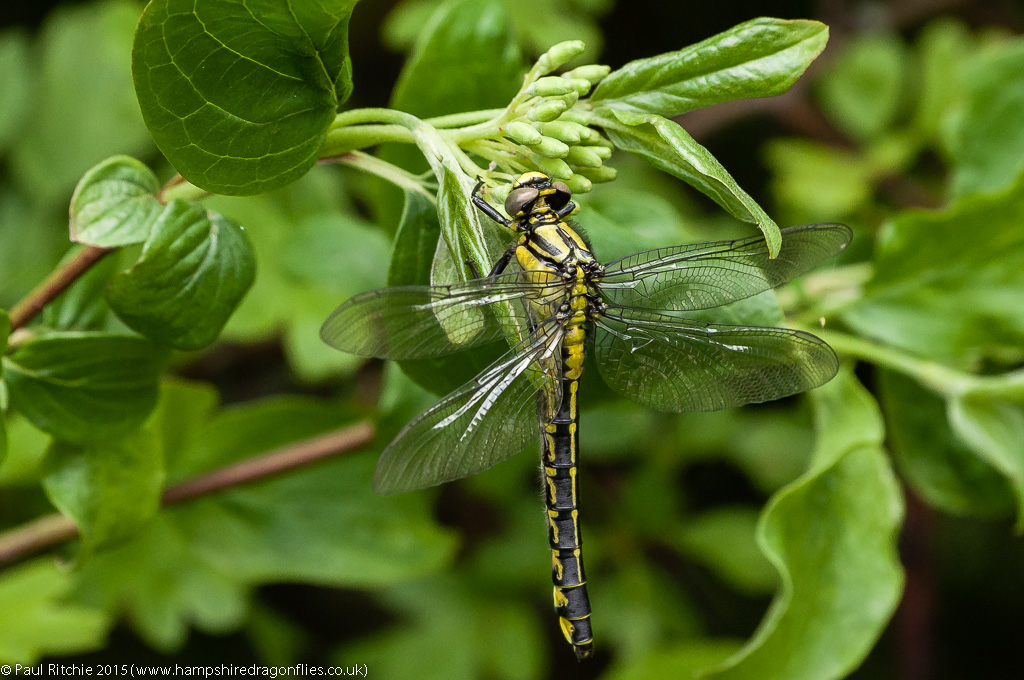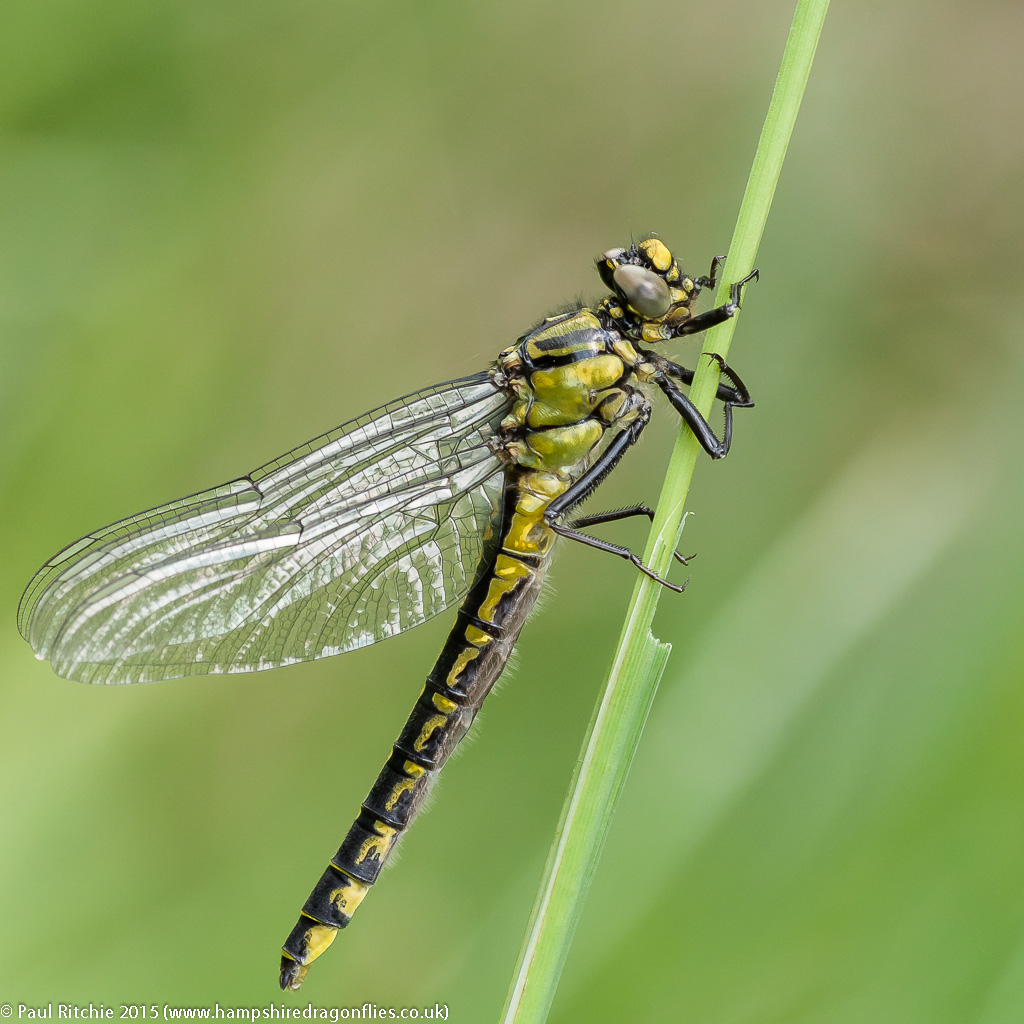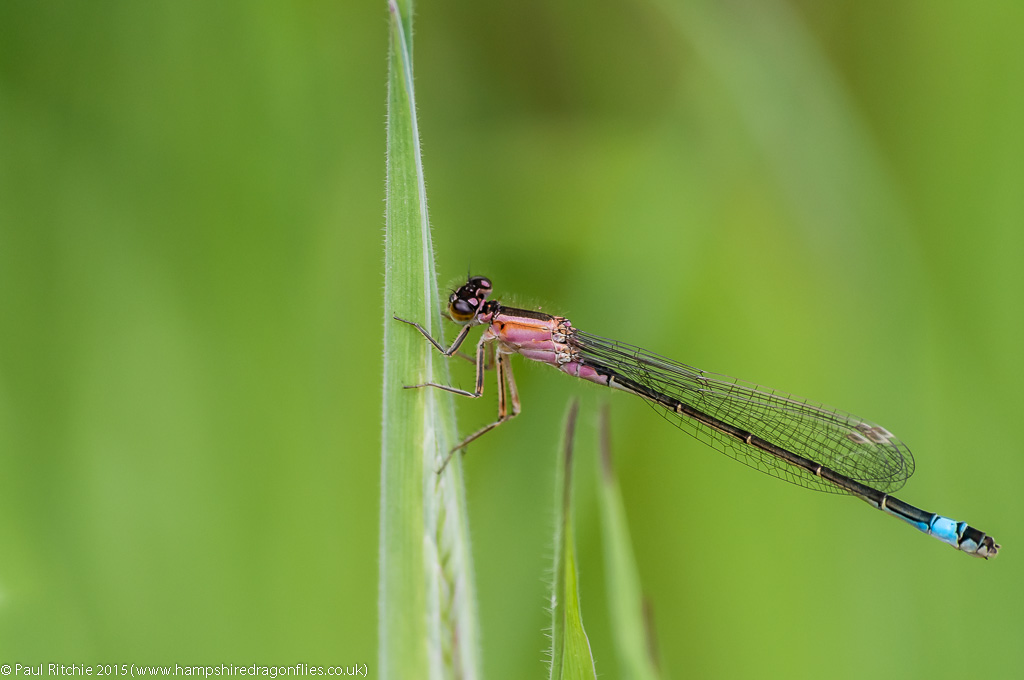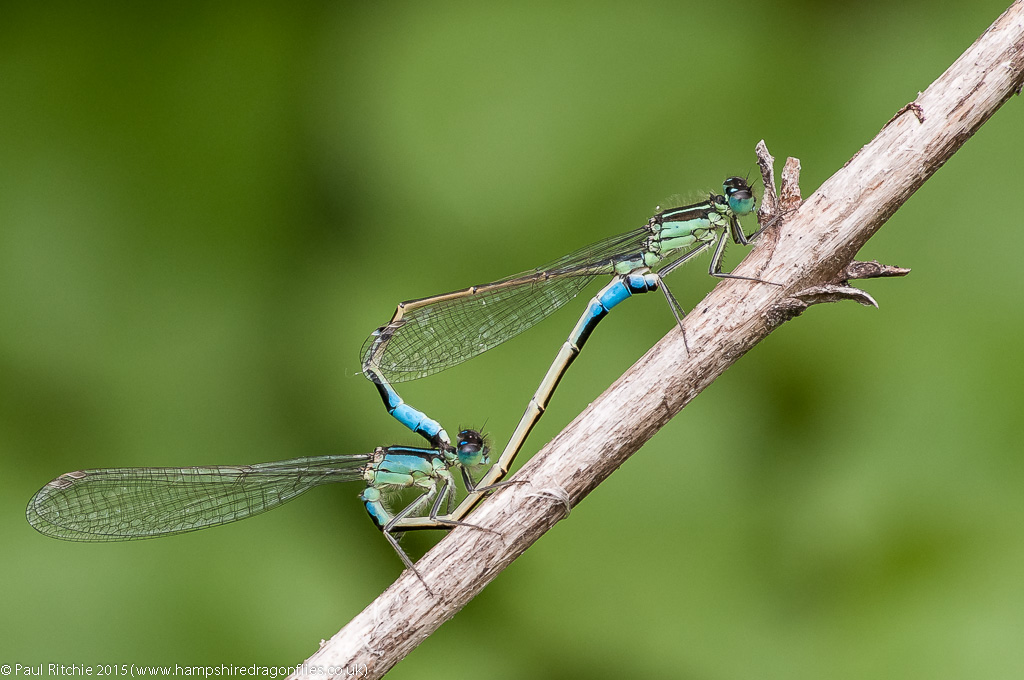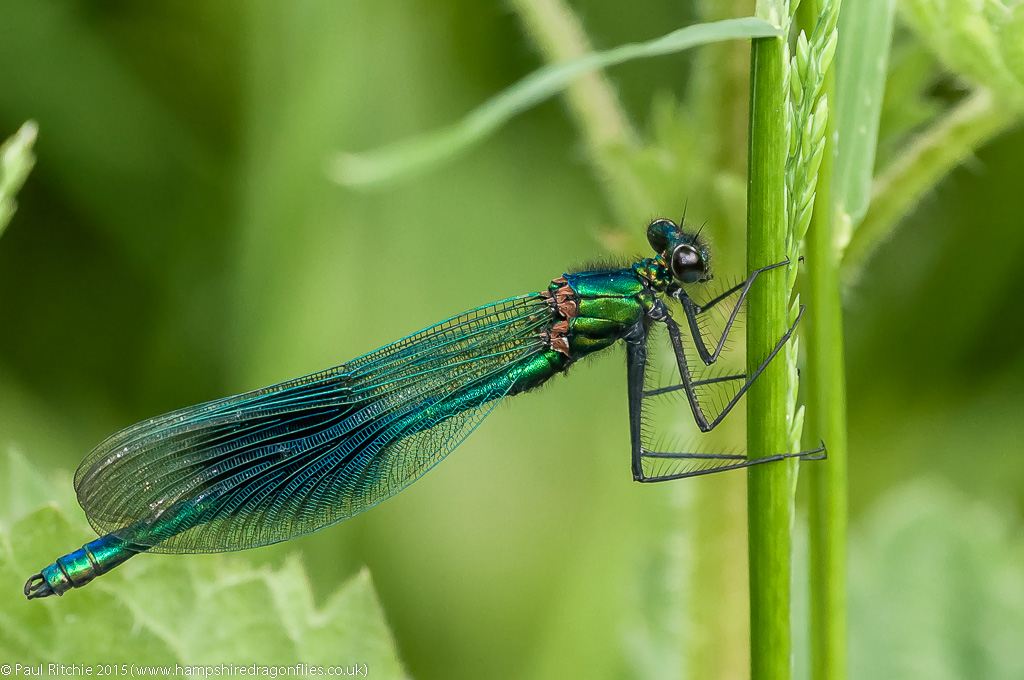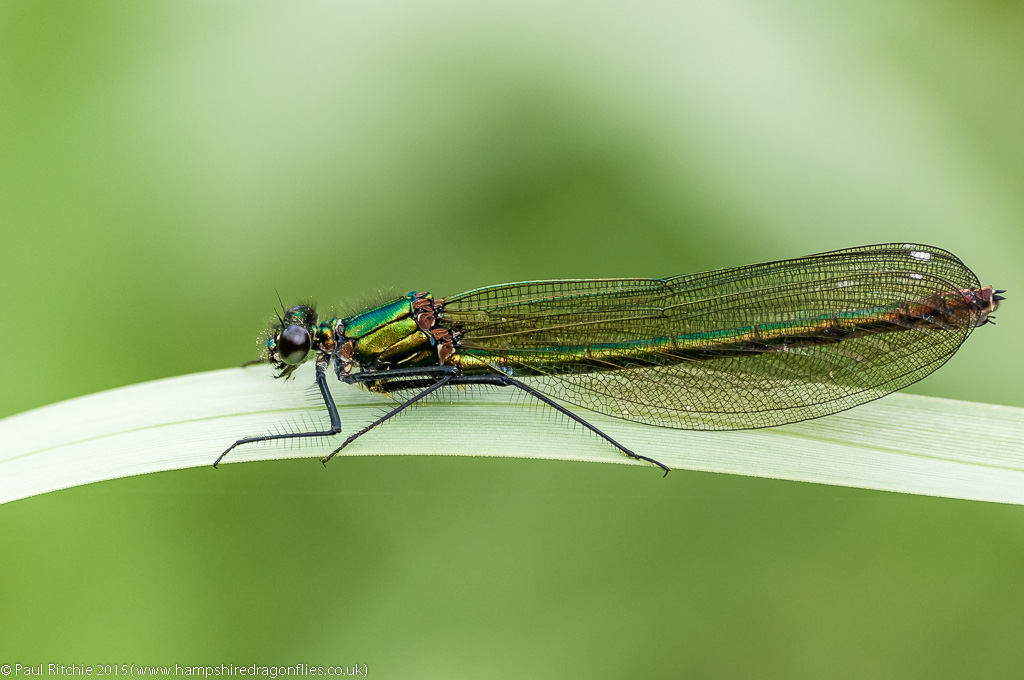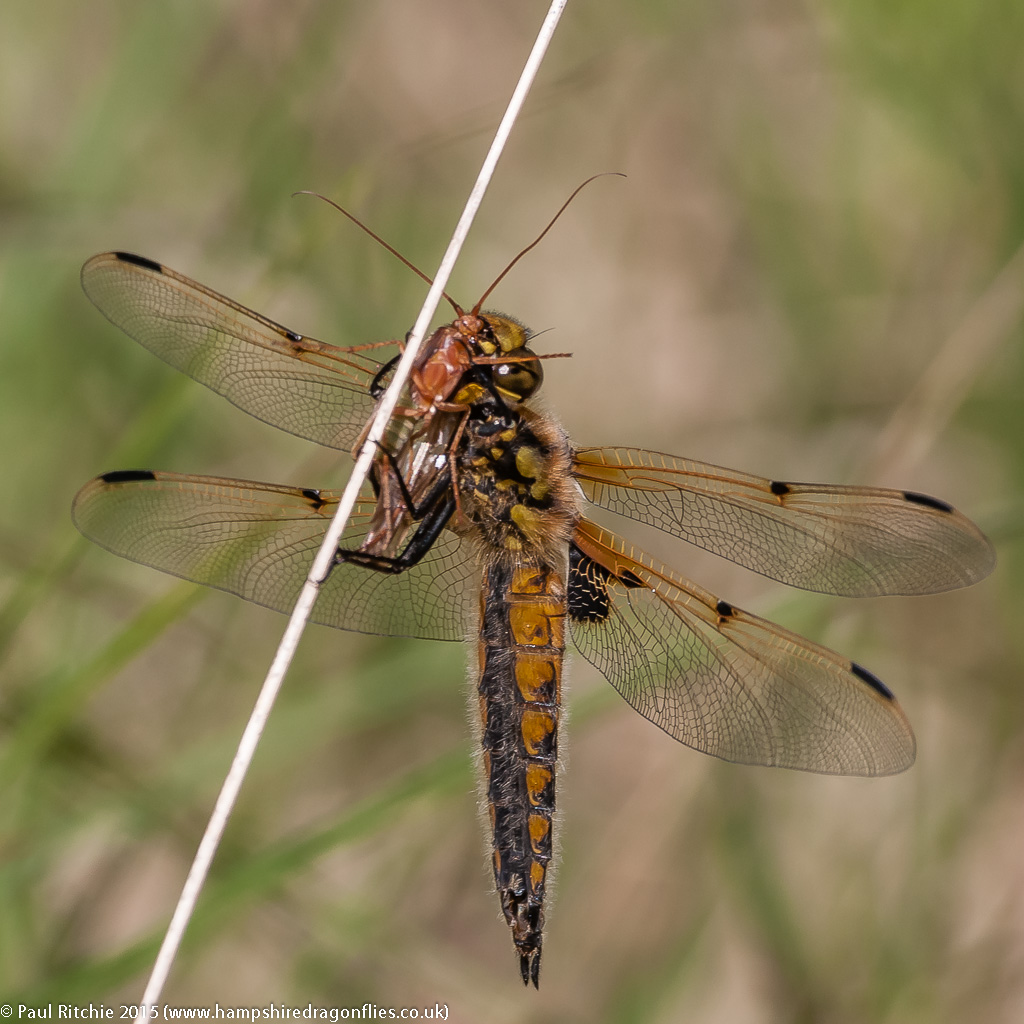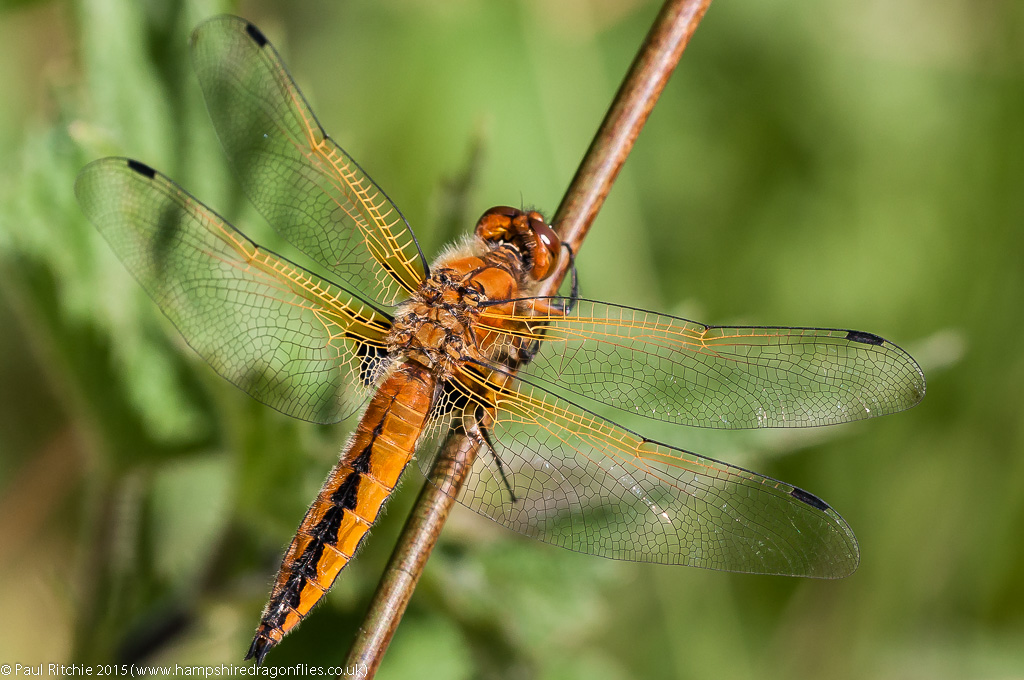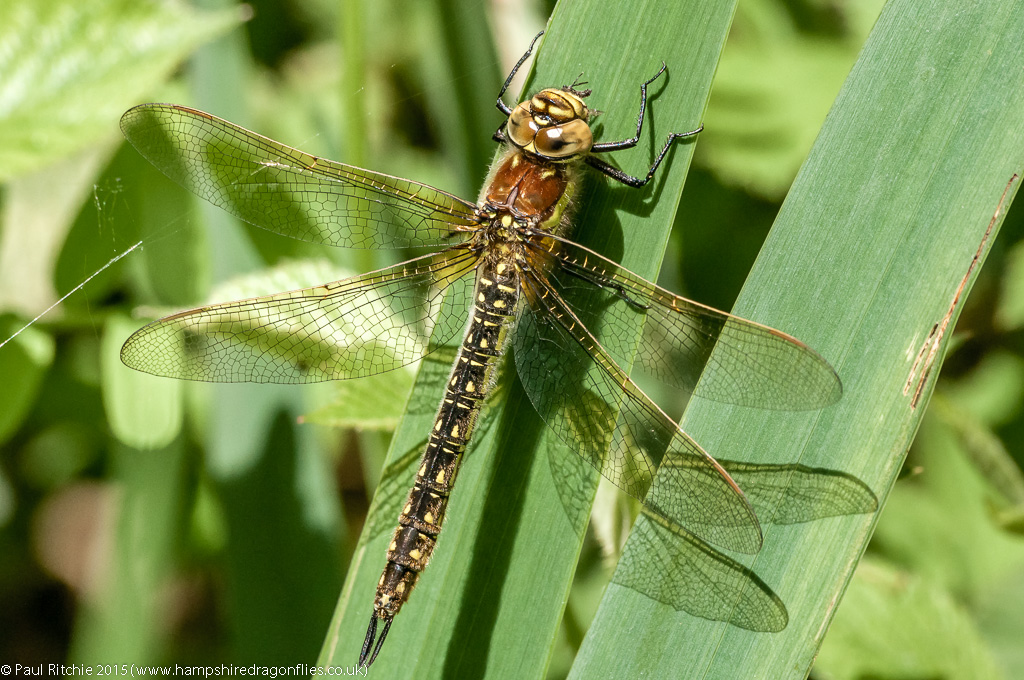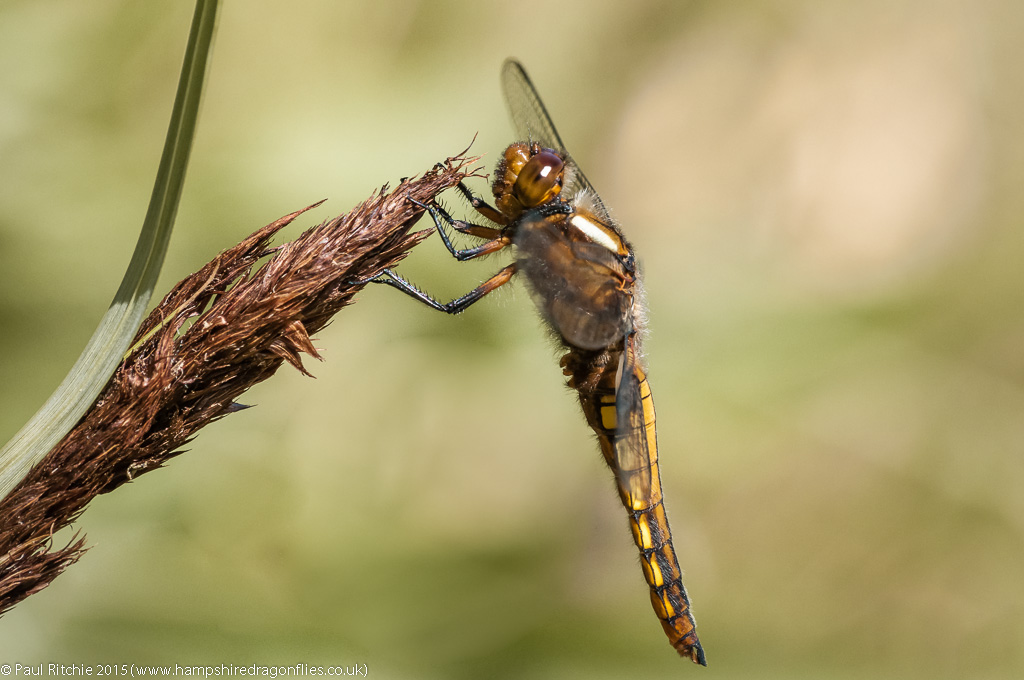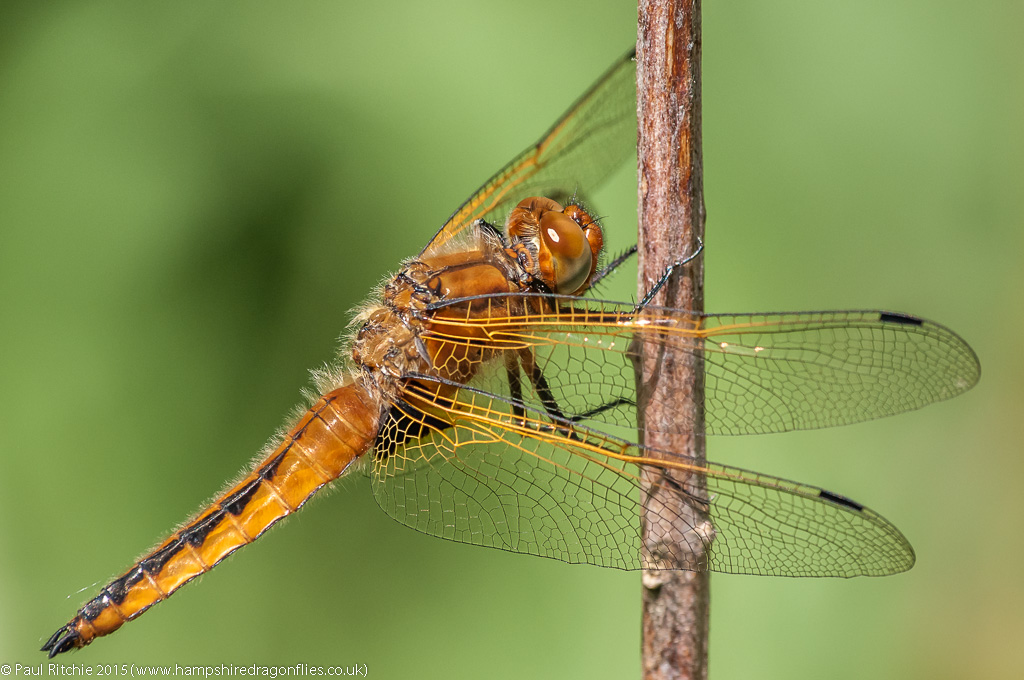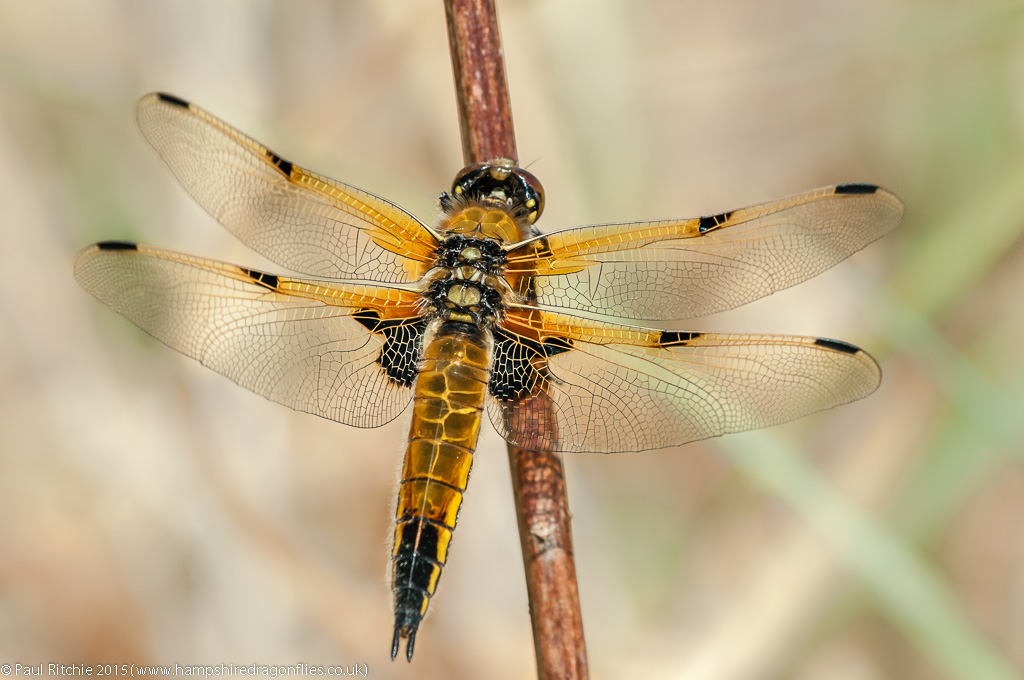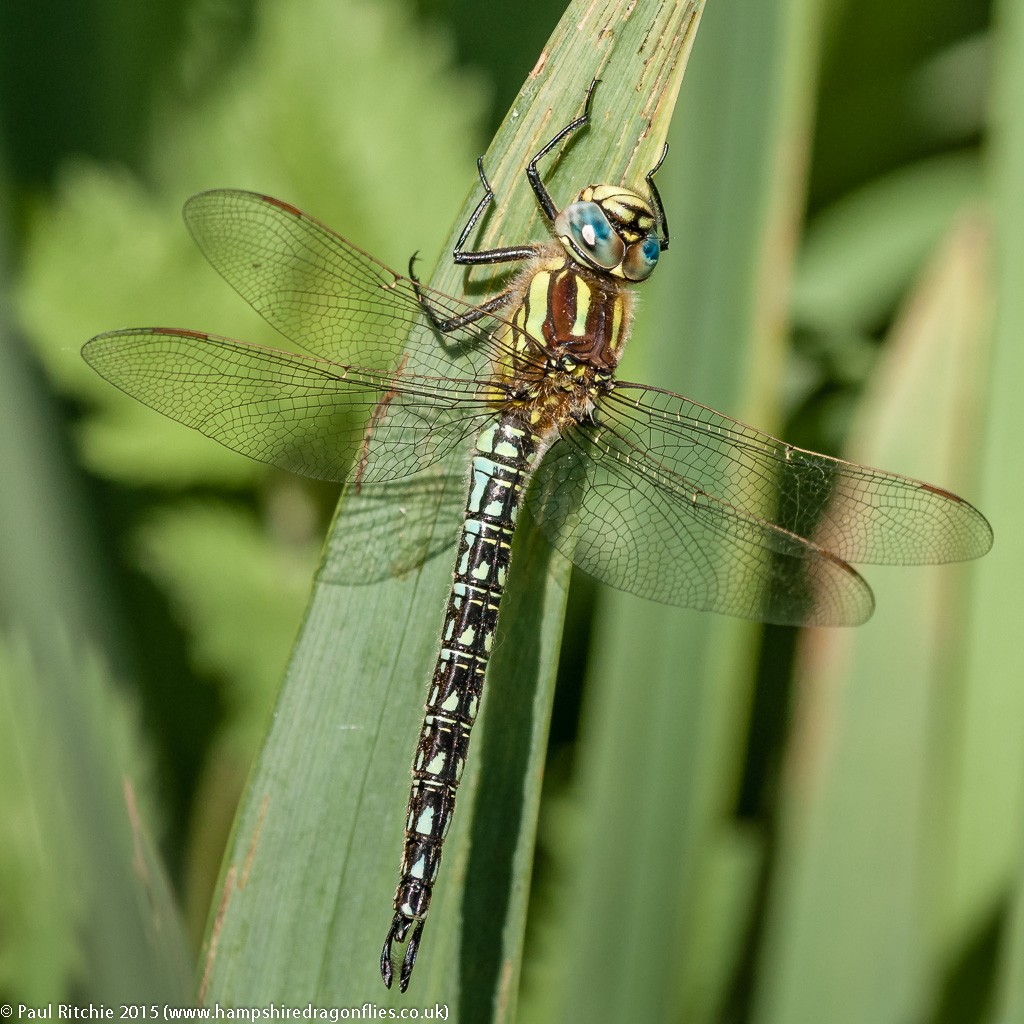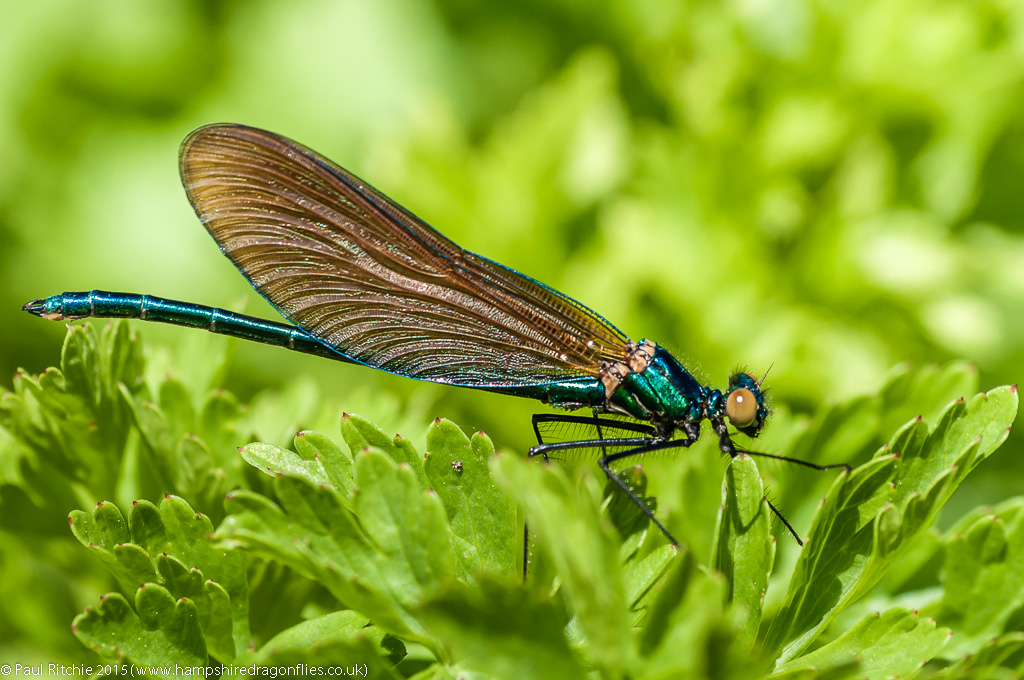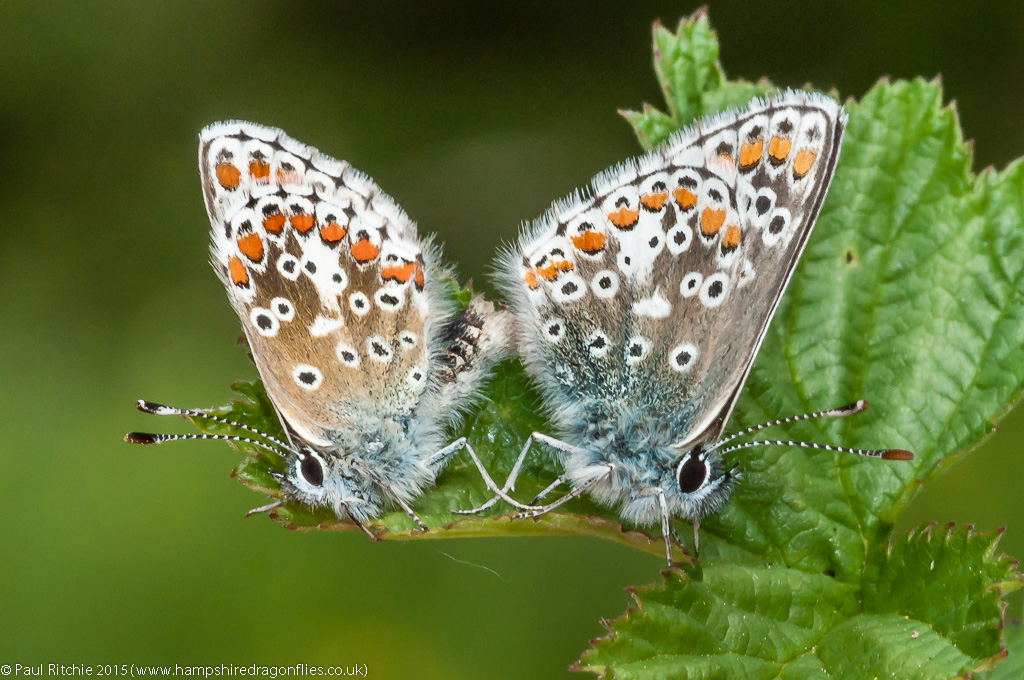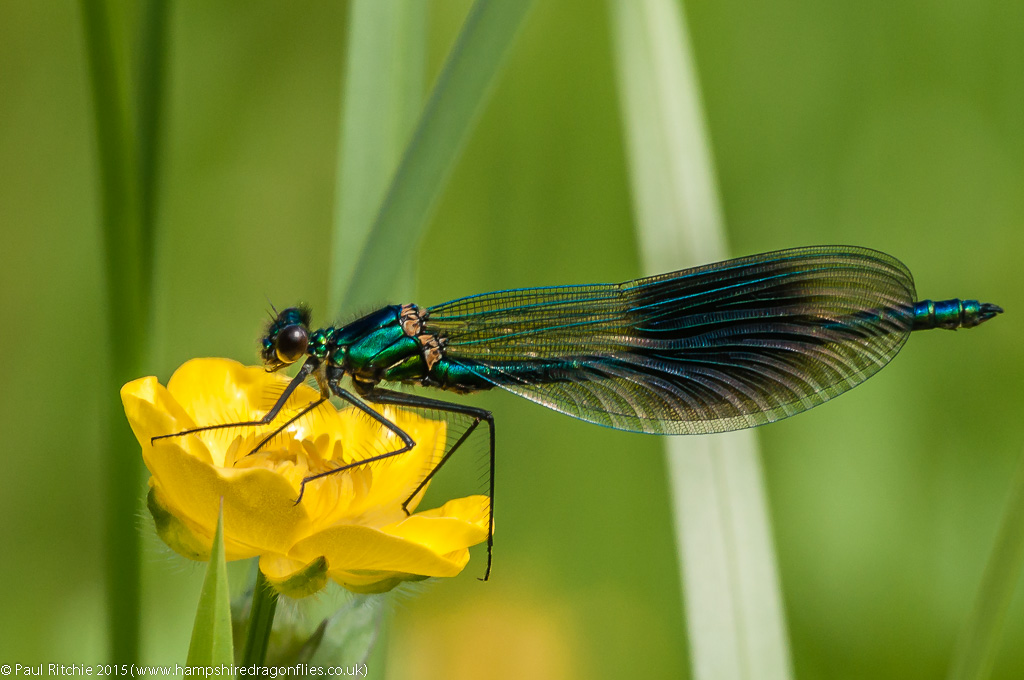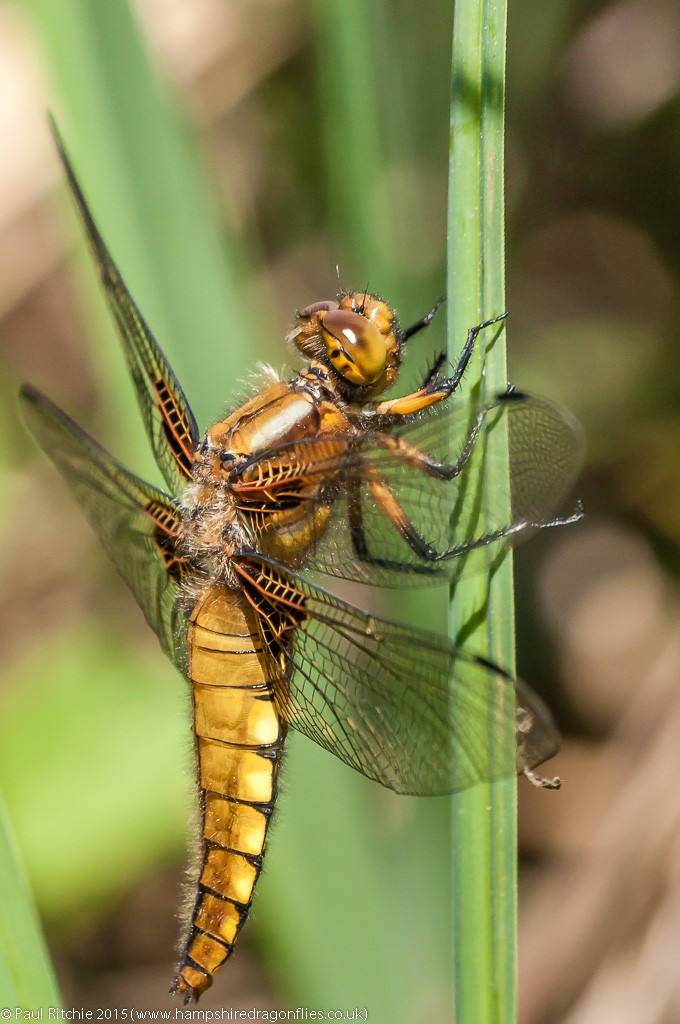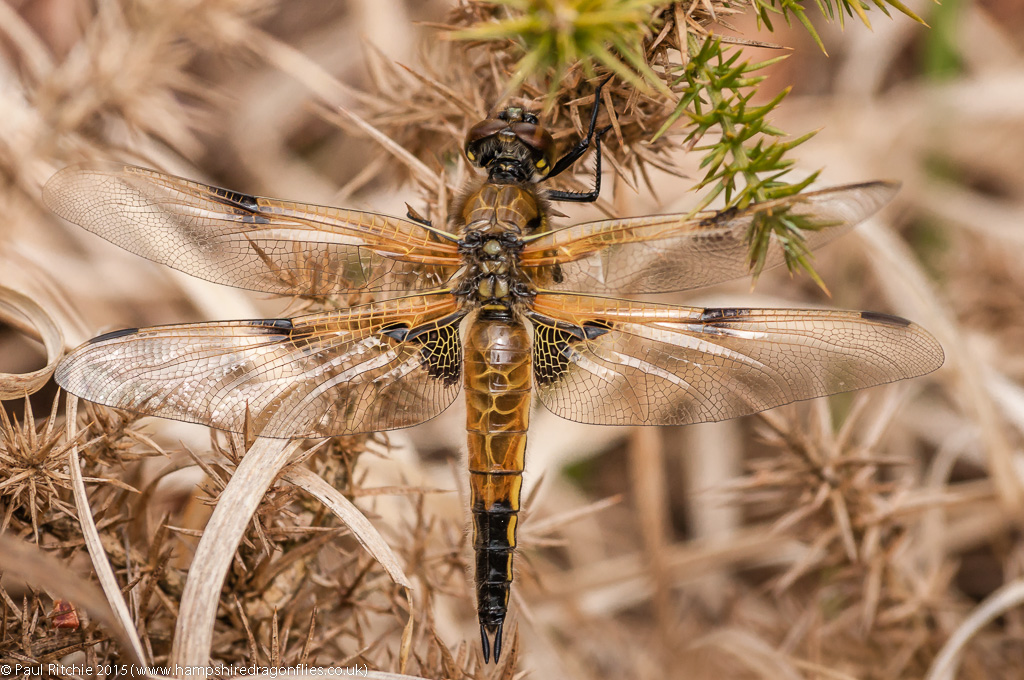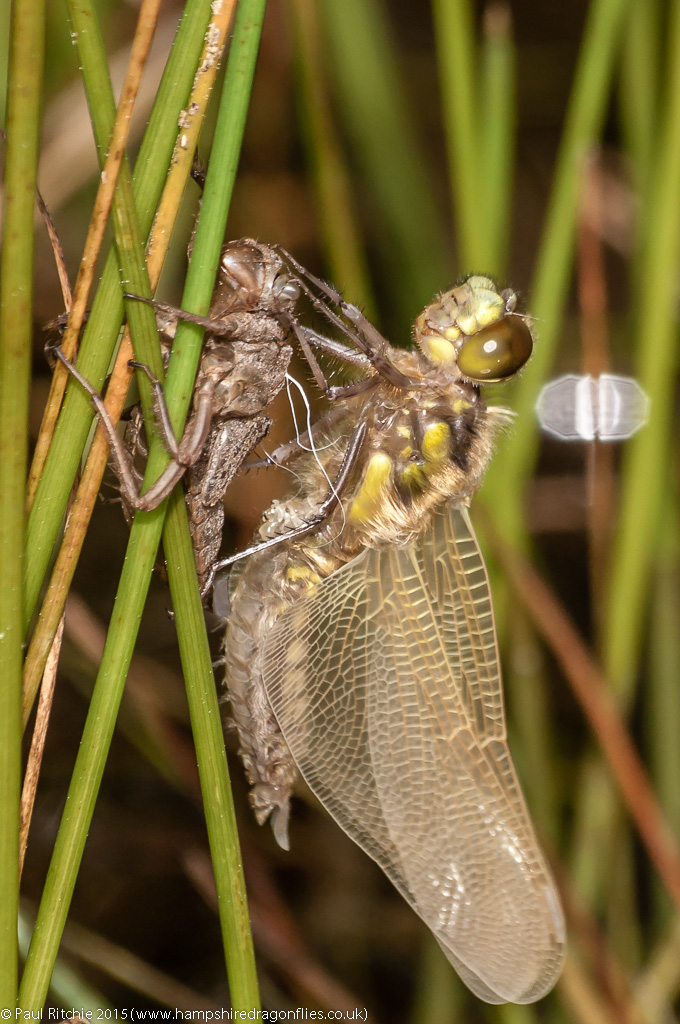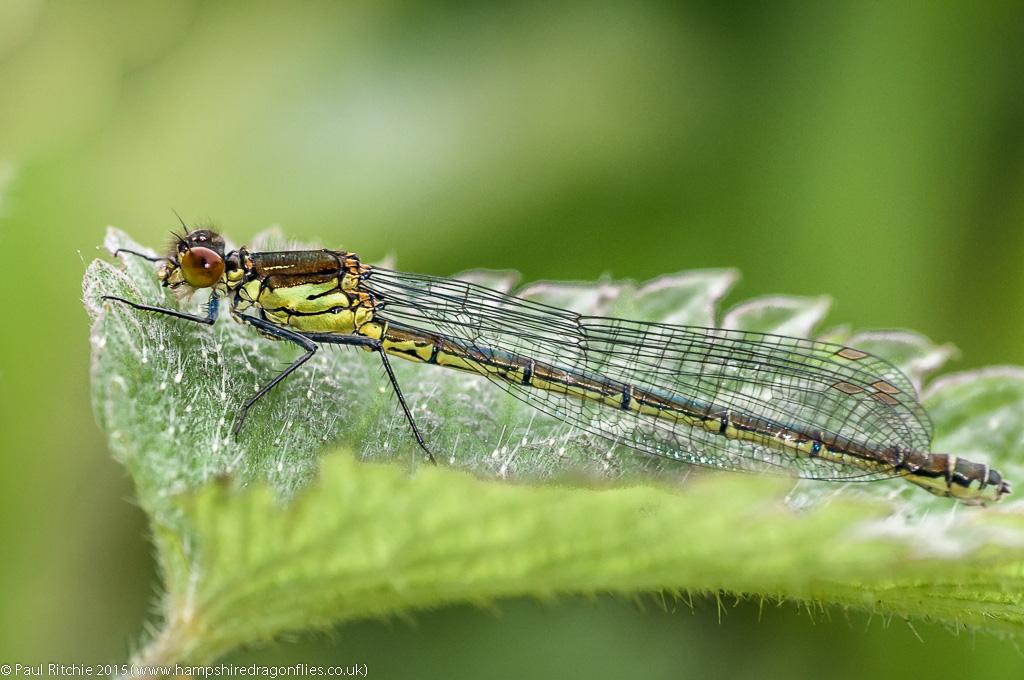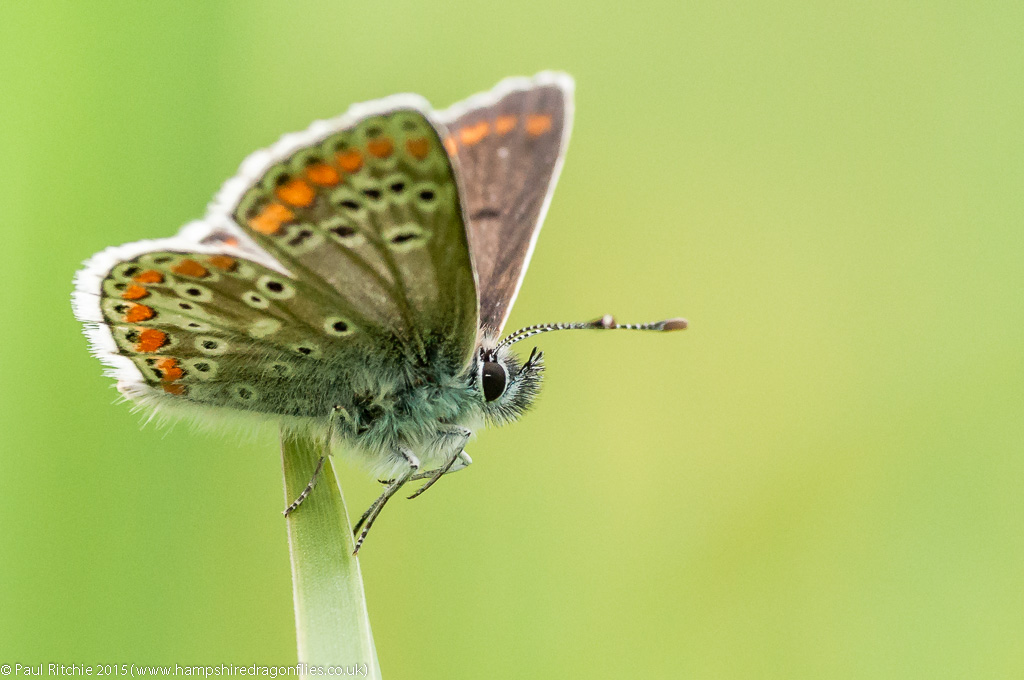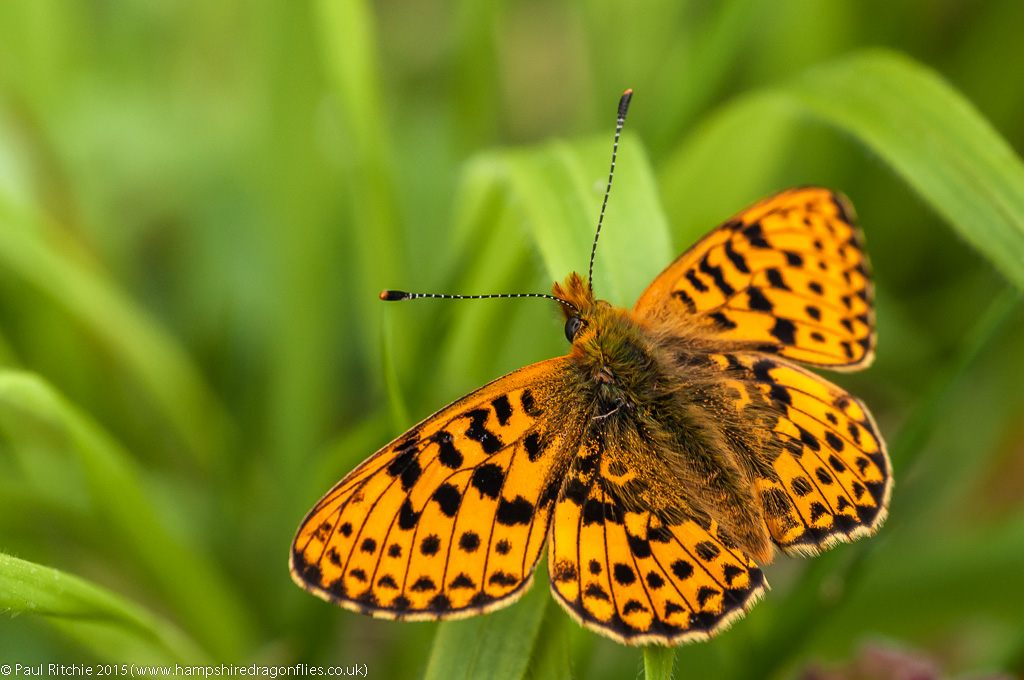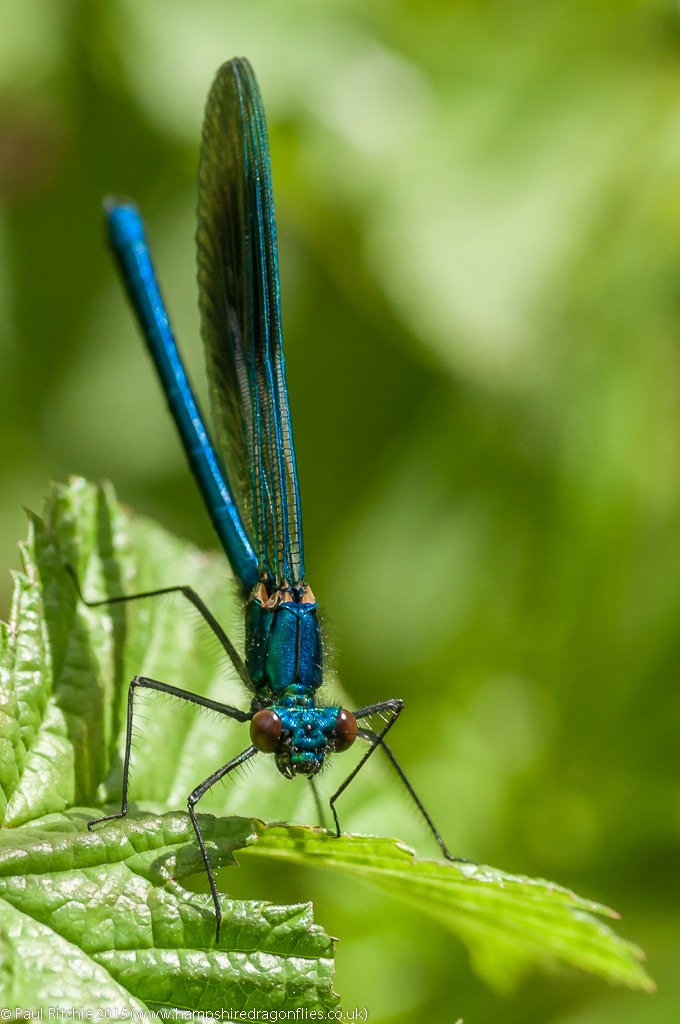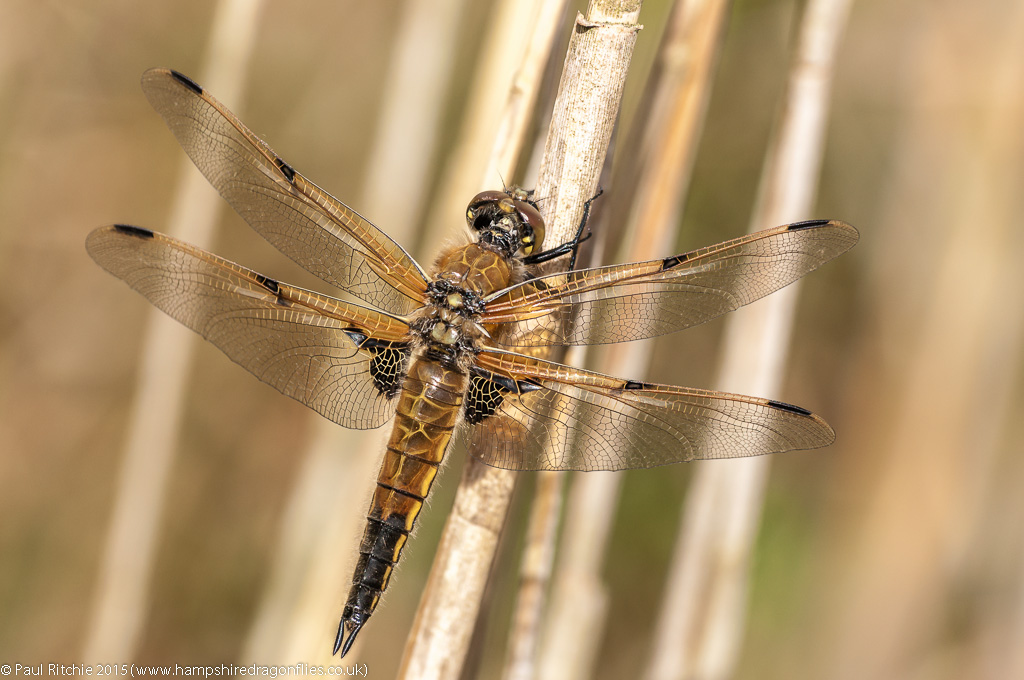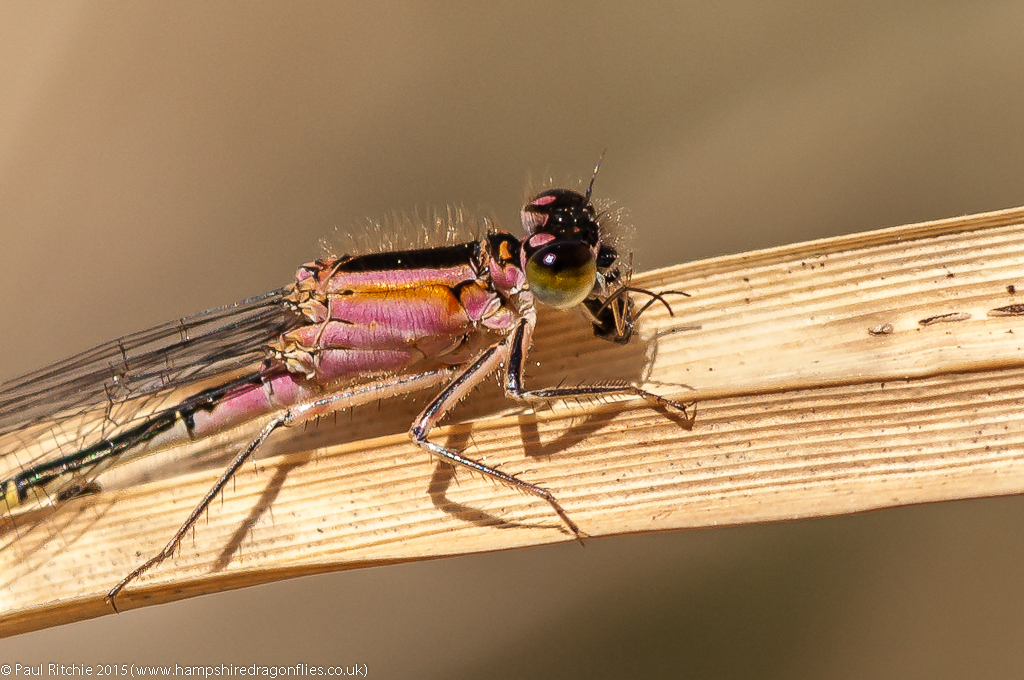Saturday May 30th
On what appeared to be a reasonable day, albeit low of temperature, we at first decided to give Thursley a shout; until a last minute forecast deciding Bramshill was the better option. The problem with Thursley is the wind speed can make or break a visit; and I’ve had more disappointment than success on such days.
Bramshill on the other hand provides several sheltered pockets which have proved bountiful on each of my visits. It was also ripe for more exploration. My choice was further confirmed by more careful study of google maps. There were a few ponds I’ve not previously found.
The traffic did all it could to prevent us getting there, but arrive we did and headed straight to the possible entry point of these ponds. Of course in fine Bramshill tradition these secrets weren’t going to give themselves up easily.
After failing to locate them initially we headed for Long Water where there was a delightful level of activity from patrolling Four-spotted Chasers, at least half-a-dozen Downy and a fine array of damsels.
Sue had already expressed delight due to the easy access and fine display, and once I showed her the sheltered coves she was even more convinced. Sheltering in these little coves were most of the the days cast, with our first Emperor, Black-tailed Skimmer and at last a resting Downy.

And a female to boot! Just a shame about that annoying blade of grass! Naturally removing it had the expected response!
Sue’s initial delight was soon put to the test as I led her into the large clearing. I guess she was expecting an easier ramble without having to fight her way through obstructing growth, but to me the rewards exceed the minimal discomfort.
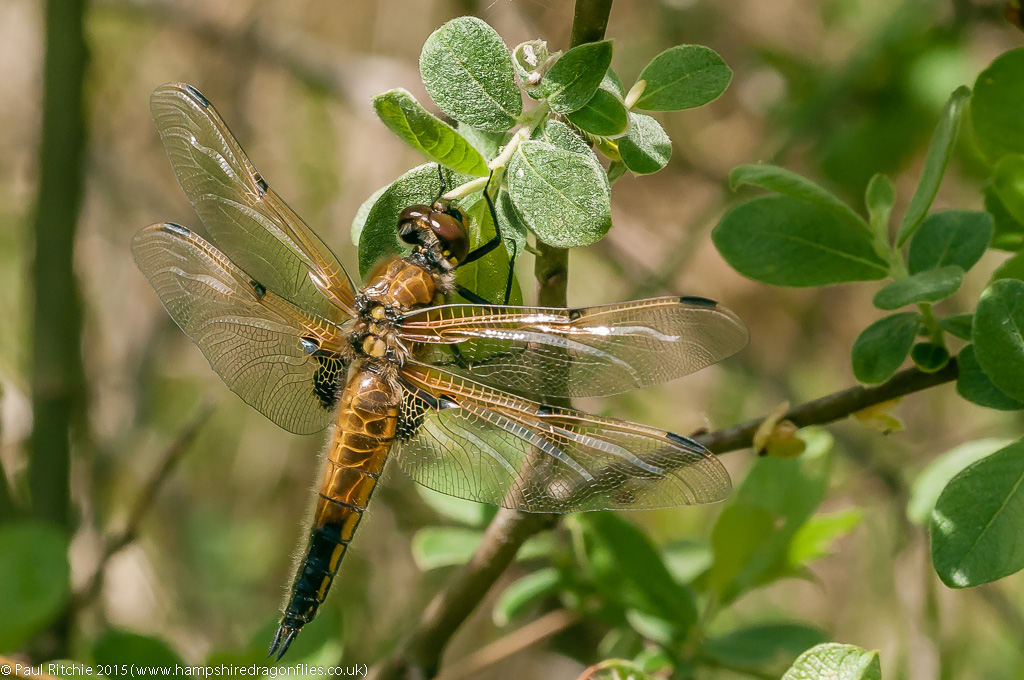
I’ve experienced much worse, and having take three attempts last year of finding this spot, I wasn’t about to give it up. Alas not too many dragonflies this time, but a fine population of Grizzled Skippers and some tatty Green Hairstreak.
While Sue rested I decided to take the hidden door to those elusive ponds, and once I negotiated the drop found a way through the trees, a large clearing opened out to reveal three ponds. The second of these had a patrolling Hairy while the third had my first patrolling Emperor of the season.
Unfortunately the cloud increased and it was getting noticeably cooler, and returning to Long Pond I noticed all previous activity had ceased, with just a few hardy damsels braving the chilling gusts.
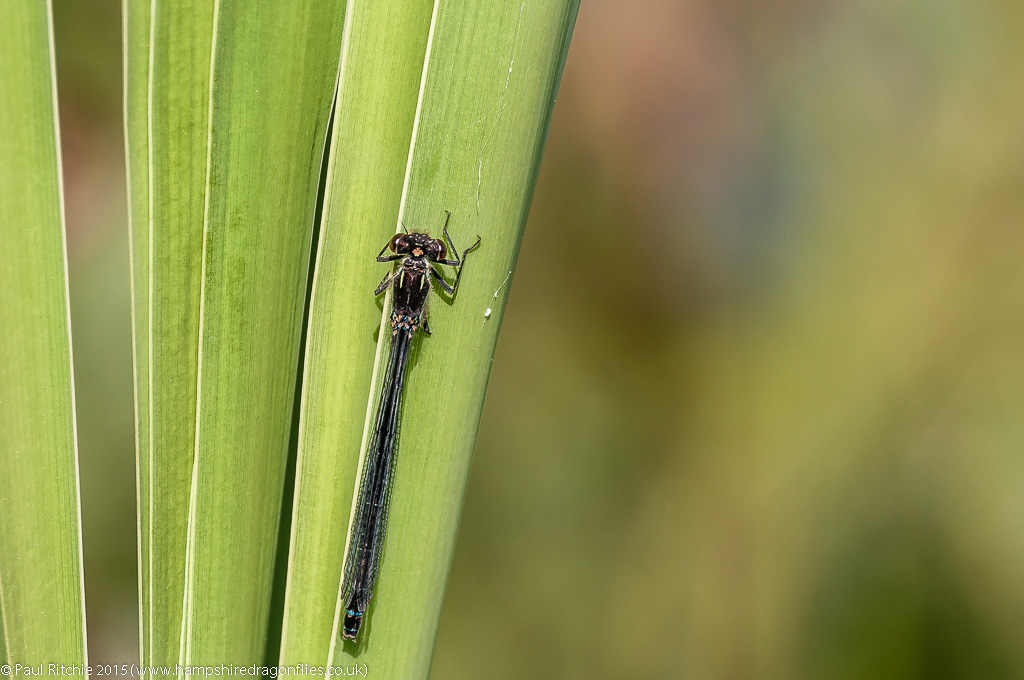
One more round along Emperor Alley to find an obliging female Black-tailed Skimmer for once off the ground.
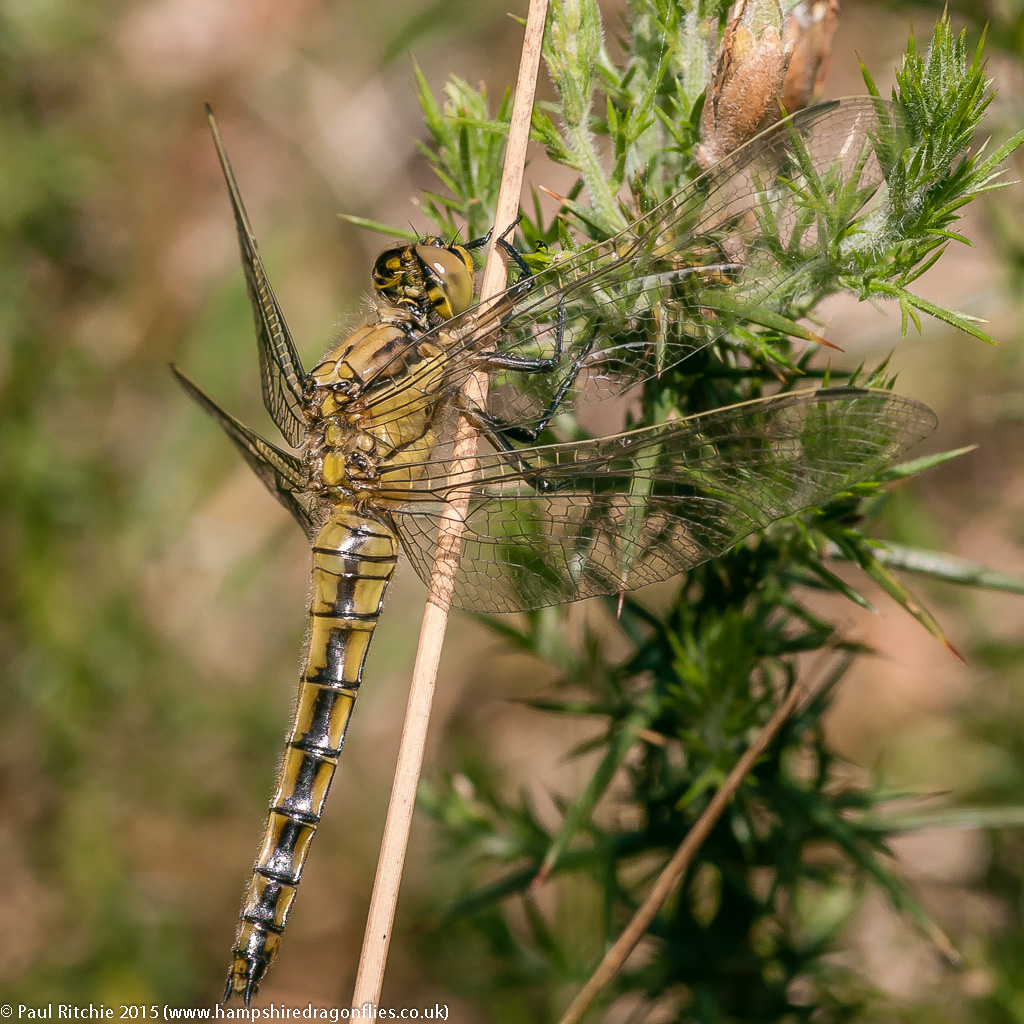
A final trounce alone around the large clearing, this time producing a few Broad-bodied Chaser.
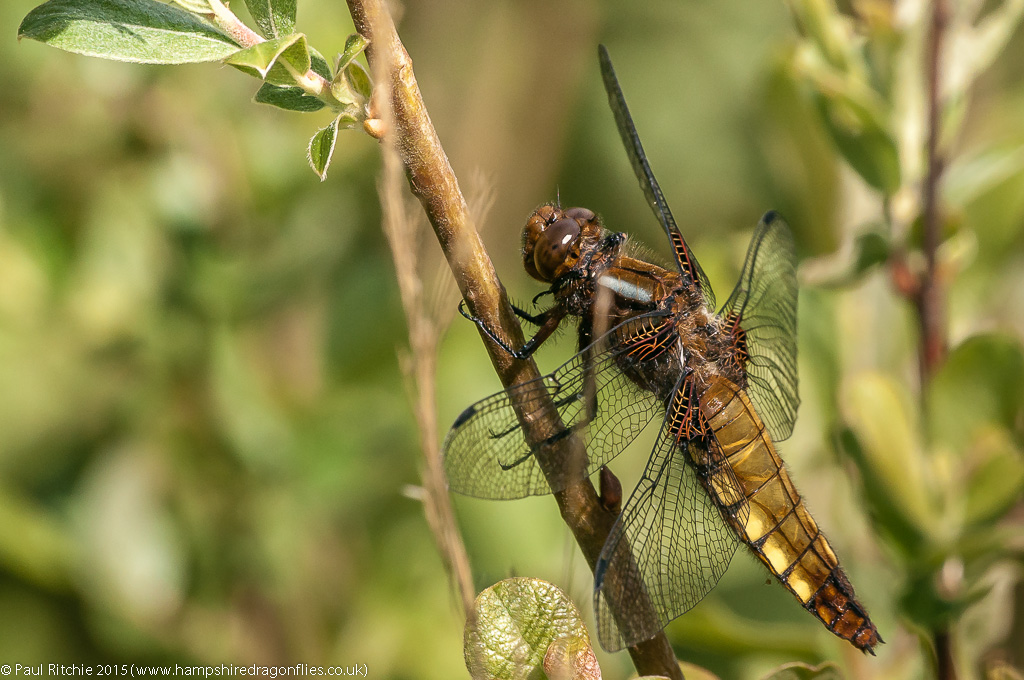
A count of a dozen species on such a day is more than expected, so an enjoyable excursion. Bramshill has yet to reveal all her secrets and needs a full day to appreciate its many delights; something I intend to put right this season.

